A Hostile Takeover is when the target company faces an upsurge in the value of its shares. When a company that wants to acquire the target company offers the target company’s shareholders to agree to the acquisition, but the Board of Directors (hereinafter “BOD”) refuses to accept the Takeover. Synchronously, the acquirer company makes every possible effort to substitute the management or BOD of the target company with different management or BOD for the acquisition to occur successfully.
Generally, these kinds of takeovers happen amongst public companies or companies trading with the public where they act as owners of the company being represented by a BOD. Few reasons lead to Hostile takeovers, the first being the companies not completing their merger agreement and second, the target company’s refusal to move further with the merger. There exist other reasons to carry out the Hostile Takeovers. Investors and Stakeholders, if they believe that the company’s management is not worthy enough to maximise the value of shareholders, might allow the Takeover to be carried successfully or might make a case for a new management team. If shareholders agree to the Takeover, then even if a company’s management disallows, a public company can acquire a target company.
The result is the usage of aggressive strategies to obtain the target company by the stakeholders or purchasing company. The objective of the seizure by the acquirer is to attain not less than 51% title in the target company’s trading stock. The tactics used in an adverse annexation can generate extra demand for stocks by simultaneously establishing a spiteful battle for the target company’s control.
When functions ineffectually even after having splendid development capability or when the worth of the stock price isn’t able to illustrate the company’s actual value properly, the firm is undervalued. The obtaining company then desires and intends to substitute the old administration to attain its maximum profits and growth potential, consequently escalating the worth of stock. For this purpose, firms with a management that doesn’t seek the greatest welfares for their stakeholders remain viable options for future attainments.
A company could have ineffective management during a short period, but in theory, if the market has its way, it will eventually be replaced in the long run. As we have mentioned before, this could be due to the lack of economic growth potential the management has been able to realise or perhaps that the board’s strategic plan does not comply with the shareholders’ view or expectations (J.M Samuels et al., 1999).
A hostile takeover could, therefore, sometimes also be seen as an effective market transaction, which replaces weak management to gain increased company value for the acquiring company and the shareholders of the targeted firm (Weston et al., 2004).
IMPACT ON STAKEHOLDERS
The views are numerous in this regard, and many studies have been done regarding the same. It is yet to voice whether takeovers are valuable and the single component that is known and assured is that the positive or negative effects are subject to the angle one is observing from. However, an unsettled and unanswered issue still exists in experiential research about commercial control in whether a takeover essentially expands the worth of the buyer and the target firm. Nevertheless, the study has shown that all the advances or constructive effects are inclined towards going to the target firm’s shareholders and that the acquiring firm gives a premium for their company.
Moreover, hostile takeovers in almost all cases expand the worth for the investors of the targeted company; therefore, the word hostile is being used to exemplify the hostility or disapproval confronted by the target company’s BOD and not essentially the shareholders’ or owners of the company. A takeover that considers the shareholders of the target firm first, maximising shareholder value, is called positive (Weston et al., 2004).
Most stakeholders are affected by takeovers or mergers in some way or the other. A stakeholder is either a person or an organisation that has an interest in the functioning of the business. A stakeholder is an individual or group who can affect or are affected by the accomplishment of a firm’s objective. They are called stakeholders because they have a stake in what the company or firm does. The stakeholders that can be affected by the Mergers and Acquisitions, including hostile takeovers, are:
- Shareholders or business owners
- Managers and employees
- Customers
- Suppliers
- Banks and other finance providers
- Government
- Local community
- Other external groups
- Competitors
- Media
| Takeover or Merger Decision | Supported By? | Opposed By? |
| Cut jobs to reduce costs | Shareholders Banks | Employees Local community |
| Transfer production to an overseas location | Management Customers & Suppliers | Local Community |
| Introduce new machinery to replace manual work | Customers Shareholders | Employees |
| Increase selling prices by 10% to improve profit margins | Shareholders Management | Customers |
NEGATIVE IMPACT ON STAKEHOLDERS
- Job Losses in the attained business (a direct result of cost synergies) & knock-on effects on the local economy.
- Uncertainty & Job insecurity- particularly as organisational structures and systems are integrated.
- Potential closure and/or transfer of capacity to other international locations (e.g., to emerging markets).
- Change in the taxation status of the firm
The need for stakeholders should be considered and involved in the Hostile takeovers and mergers amalgamation plan. There must be unambiguous delivery of clear, early, and honest communication about the acquiring firm’s intentions and plans. There must be an emphasis on preserving the interests of the most influential stakeholder groups. For instance, existent customers of the targeted firm are necessary, as are employees/ management that the acquirer firm desires to retain (retention of staff is constantly exhibited as a significant HR problem with takeovers).
REASONS FOR WHICH THE STAKEHOLDERS MIGHT SUPPORT A TAKEOVER
- Promotion Offers
- Acquirer’s investment in the acquired firm
- Cultural change in the targeted firm
- A new beginning (specifically with a merger).
- Business not competently run by existing management.
When an acquisition is declared, conflicts of interest are likely to happen between different stakeholders, depending on their stake in the firm. For instance, employees might react pessimistically if they are on the verge of losing their jobs; however, the customers might be supportive of the same Takeover. The main target is balancing out and analysing which stakeholders’ interests matter more in the company and accordingly make a decision.
In conclusion, it is hard to come to any final assumption as it would lead to a wrong impression and understanding about Hostile Takeovers. The Takeover might be proven profitable and beneficial for the stakeholders in the long-term resulting in a more robust corporate image and reputation in the market.
REFERENCES
- Adam Hayes (March 17th 2021), “What Happens to the Target Company’s Shares in a Hostile Takeover?” (https://www.investopedia.com/ask/answers/042215/what-happens-shares-company-has-been-object-hostile-takeover.asp).
- https://www.slideshare.net/tutor2u/buss4-2012-research-bullet-5.
“Article by Ms Vartika Srivastava, a third-year law student at Symbiosis Law School, NOIDA, under internship of Adv. Shankarlal Raheja and updated in April 2021.
The Views herein are personal, and while careful attention has been given to ensure that the information is accurate and assume no liability or responsibility for any reliance thereon. This article is merely an information and knowledge sharing activity and is not a substitute for legal advice. We shall not be liable for any loss or damage caused due to any reliance thereof”.

